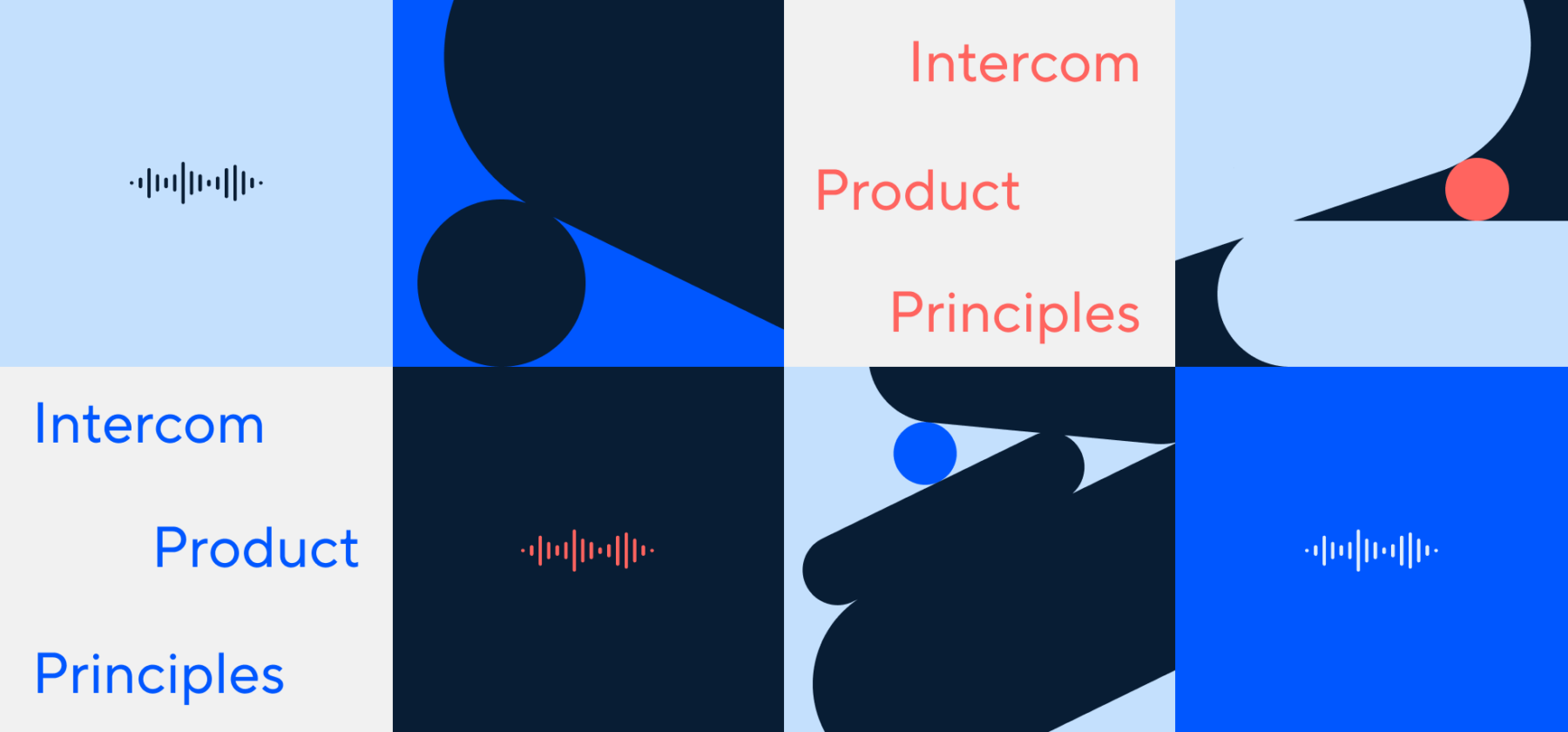
Let’s talk principles: From technical conservatism to connected, modular systems
To ship fast and scale quickly product teams must employ resources efficiently. And whether it’s technologies, frameworks, or UI modules, if it ain’t broke, reuse it.
By now, it should come as no surprise that we’re big on product principles. They evolved and were iterated on over years of reflecting and learning from our own successes and failures, of us trying to encode them so that we could create a predictable, repeatable R&D culture.
The goal was simple: to help us repeat successes and avoid repeating mistakes. And that they did. Crafting and tweaking these principles was instrumental to consistently building great products at scale. They’ve helped us keep everyone on the same page, empowering even the newest hires to get things done, and make faster and smarter decisions to drive the most value for our customers. Today, they’re deeply embedded in our culture – the way we work, collaborate with each other, and, of course, build products.
And that’s why we wanted to share them with you. We started a blog series exploring each of our product principles written by the people that know them the best – our R&D team. So far, we’ve introduced the series and covered the importance of delivering outcomes, following design fundamentals, and keeping it simple.
This week, we’re exploring two more. To kick things off, our Staff Product Engineer Waheed El Miladi explains about how technical conservatism helps Intercom scale faster:
“Being technically conservative looks like reusing existing technologies and frameworks in our stack, or promoting tried and tested patterns and solutions. We value this familiarity because we understand that the important problems to be solved are the ones that deliver customer or business value.”
We’ll also hear Principle Product Designer Gustavs Cirulis talking about how focusing on connected, modular systems help us address the right questions right away, increasing efficiency and reducing costs:
“By designing systems first, you focus on the most important questions without getting lost in the finer details. But designing too many systems can also lead to a product that’s difficult to understand and expensive to maintain. That’s where modular systems come in. Design systems can greatly increase team efficiency and product consistency since you design and build UI components once, then use them throughout the product.”
Looking for a little more? Check out more episodes of our podcast here. You can follow on Apple Podcasts, Spotify, YouTube or grab the RSS feed in your player of choice.







